- Chemical composition of the plant
- Hypotensive effect of mint
- Mint application for hypertension
- Contraindications
Mint is considered to be one of the best medicinal plants. It is used to treat a variety of diseases and pathological conditions. Apply grass and with cardiovascular ailments. Therefore, people often have a question - mint increases or lowers the pressure? After all, tasty and fragrant tea is loved by everyone.
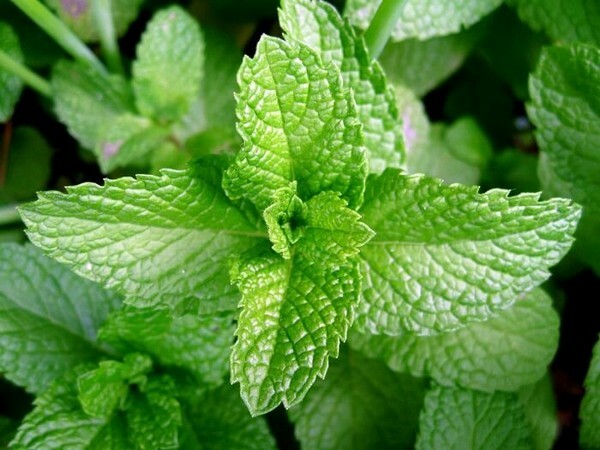
Chemical composition of the plant
More than thirty varieties and hybrids of herbs are known to science. They are all very aromatic and contain a lot of essential oils, but the best is peppermint. What explains this popularity of this particular variety? Of course, its chemical composition.
Peppermint contains:
- menthol oil( up to 3% in leaves, 5-6% in flowers);
- bioflavonoids( hesperidin, rutin);
- irreplaceable organic acids;
- vitamins and trace elements;
- sugar;
- tannic and resinous compounds;
- bitterness.
The main active substance of peppermint is menthol. It is his vasodilating and relaxing effect that has found application in the manufacture of many medications: Validol, Corvalol, Valocordin, drops of Zelenin.
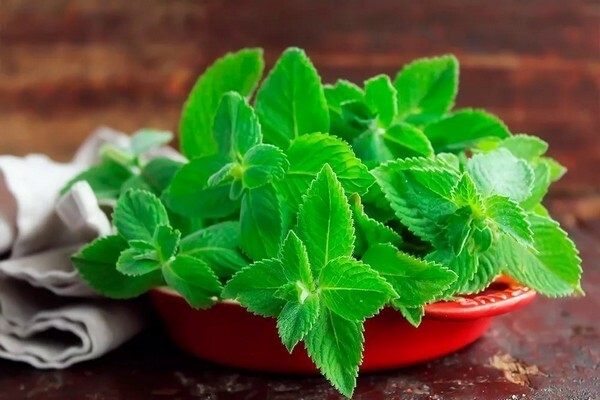
Attention. Menthol calms, relieves spasms of blood vessels, reduces headache, restores heart rhythm and strength of contractions.
On the second place in importance for cardiovascular patients are flavonoids or vitamins of group R. The substances strengthen the walls of capillaries, increase elasticity and reduce permeability. In particular, hesperidin has a pronounced venotonic and vasodilating effect, eliminates spasms and has a diuretic effect.
Irreplaceable acids give mint a unique taste, improve appetite, strengthen immunity and purify the body. Vitamins and microelements have a general strengthening effect, restore protective forces and improve the patient's well-being.
Hypotensive action of mint
So, how does mint affect the pressure? No wonder the above list of nutrients begins with menthol. It is this compound that has a pronounced vasodilator and spasmolytic effect, and therefore lowers blood pressure.
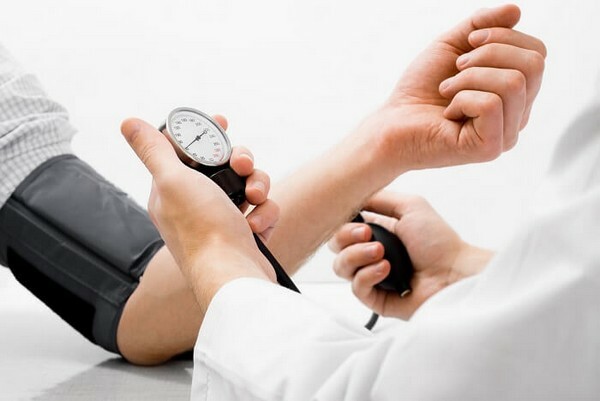
Consider how this happens. Under the influence of menthol, the walls of the capillaries relax, their diameter increases, and the blood flow improves. As a result, the peripheral resistance of the vessels decreases, the volume of cardiac output and the amount of circulating blood increase. This improves the work of the heart and venous return of blood. All this leads to an increase in blood pressure and an improvement in the patient's well-being.
Caution. Menthol reduces pressure not only suffering hypertension, but also individuals with normal or low blood pressure.
Use of mint for hypertension
The property of mint lowering pressure is used in folk medicine. It is based on the preparation of teas, tinctures and decoctions, make alcohol extracts and essential oils.Mint tea
This is probably the most favorite drink of all, without exception. A pleasant taste and a refreshing aroma will not leave indifferent either hypertensive people or people with low blood pressure. Therefore, knowing about the hypotensive properties of the plant, you need to learn how to properly brew and consume such tea.
For preparation of a drink take:
- 1 tsp.dry mint;
- a glass of boiling water.
Grass is poured hot water and insisted under the lid for 10 minutes. In the finished tea, you can add a spoonful of honey or a slice of lemon. Drink it should be during attacks of hypertension.
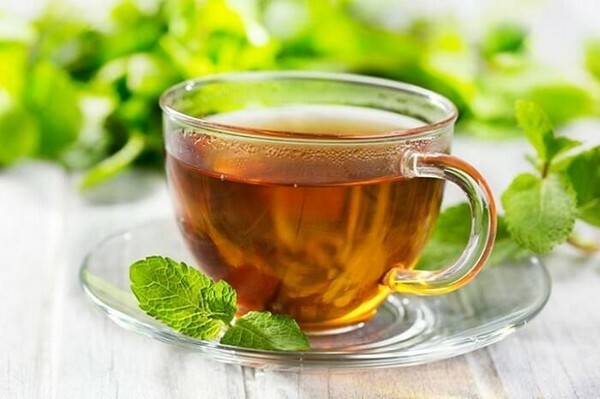
Tip. For prevention, a glass of this drink is divided into 2 times and taken at lunch and in the evening. Healthy nerves and restful sleep are guaranteed.
In the summer heat, a chilled drink with mint and lemon slice will refresh the patient with hypertension, normalize the pressure and increase the overall tone of the body. For best hypotensive effect, it is recommended to brew peppermint with green tea. But to get involved in such a composition is especially not worth it. It is enough 3-4 glasses a day.
People with normal or reduced pressure instead of dry grass can use fresh plant leaves. They have less therapeutic effect and will not do harm. A glass of tea is enough to take 2-3 leaves of mint.
Hypotensive infusion
This drink has a stronger therapeutic effect. For its preparation take:
- 2 tsp.dry mint inflorescence;
- 1 tsp.loose green tea;
- 250 ml of boiling water.
Grass and tea are placed in a thermos bottle and poured hot liquid. Insist 1,5-2 hours, filter and take three times a day for 50 ml. Treatment continues for two weeks. After a short break, the course is repeated anew.
Drug collection
If the pressure rises on the nerves, a herbal mixture of peppermint and valerian root will be helpful. The composition will calm, remove excess nervousness and irritability, relax and help to sleep peacefully.
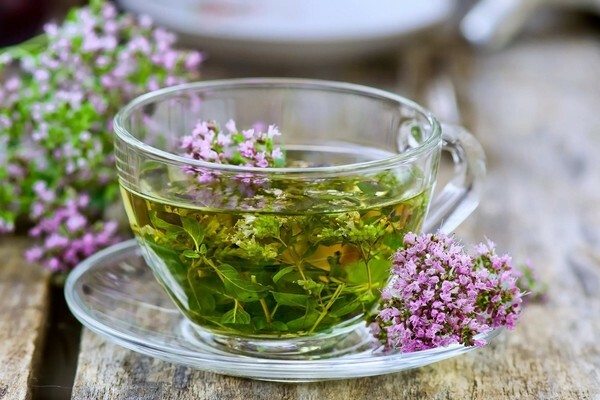
For a drink take:
- 4 tsp.dry mint;
- 2 tsp.valerian;
- ½ liter of boiling water.
Herbs are placed in a thermos bottle and poured hot water for 1-2 hours. Then the infusion filter and take a warm ¼ cup in the lunch and before going to bed. If necessary, the dosage can be increased, but not more than 250 ml per day.
Caution. If the headache hurts, and there is no possibility to measure the pressure, it is better not to take a medical infusion. Discomfort can be caused by low blood pressure, in which case the patient's condition will only worsen.
Tincture of mint on alcohol
The medicine can be bought in a pharmacy or prepared independently. Any good quality alcohol can be used to create a therapeutic hood.
Necessary ingredients:
- 200 grams of dry mint;
- 1 liter of alcohol or vodka.
Components are mixed and cleaned in a dark place for 2-3 weeks. Ready tincture is filtered and taken at 25-30 drops per 100 ml of water twice a day. Therapeutic course is 21 days.
Mint oil
Mint at elevated pressure is used not only in the form of water or alcohol infusions. From the plant, the menthol oil is remarkable for its medicinal qualities. It has a wider scope of application. The product can be taken orally and used externally, aromatize the linen and air in the apartment. Particularly effective are warm baths with menthol.
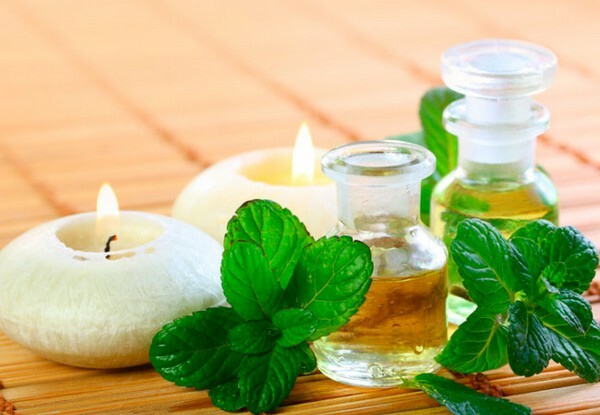
Cooking mint concentrate
Of course, menthol oil can be purchased at the pharmacy, but it is more useful to prepare a fragrant product yourself. It is not difficult to do this.
For concentrate, you will need:
- a liter can of fresh peppermint leaves;
- natural oil( olive, sea-buckthorn, almond or jojoba).
It is better to harvest medicinal herbs in the morning. At this time the soft parts of the plant are always fresh and juicy. Harvested leaves are well washed, dried and ground. You can cut with a knife or beat off with a wooden hammer until the appearance of juice.
Then the raw material is put in a glass container and filled to the top with a base oil. After 2-3 days the composition is filtered and a new portion of fresh herb is poured into it. A similar procedure is repeated several times.
Tip. Ready-made mint product of home production is stored in the refrigerator for not more than 1 year.
The oil, prepared independently, is completely natural, so it is safely used for the treatment of hypertension:
- massage and self-massage, apply to whiskey and pulse points;
- is dripping into the aroma lamp;
- is added to a warm bath.
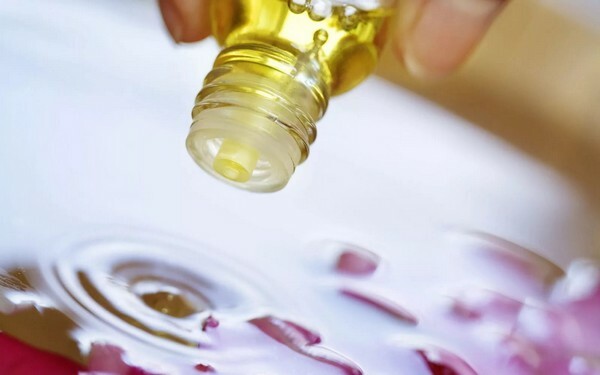
Sometimes folk healers recommend taking oil from peppermint inside, replacing them with alcoholic tincture. This option is ideal for pregnant and lactating women.
Contraindications
Peppermint is an excellent remedy at increased pressure, but not all can use it. Medicinal herb has a number of contraindications:
- persistent hypotension;
- children under 3 years;
- individual intolerance of individual plant components.
Thus, there are few restrictions to the use of peppermint, but still they are. Therefore, to use it for medicinal purposes without the appointment of a doctor is not recommended.
The medicinal herb perfectly calms and eliminates spasms of the vessels, improves venous current and blood flow of the bed, thereby exerting an antihypertensive effect. Nevertheless, with a persistent increase in arterial pressure, mint is not able to lower it to a normal level, so it is desirable to use the plant only as an addition to medical treatment.
Caution. The article is for informational purposes only. Consultation of the doctor is necessary.
